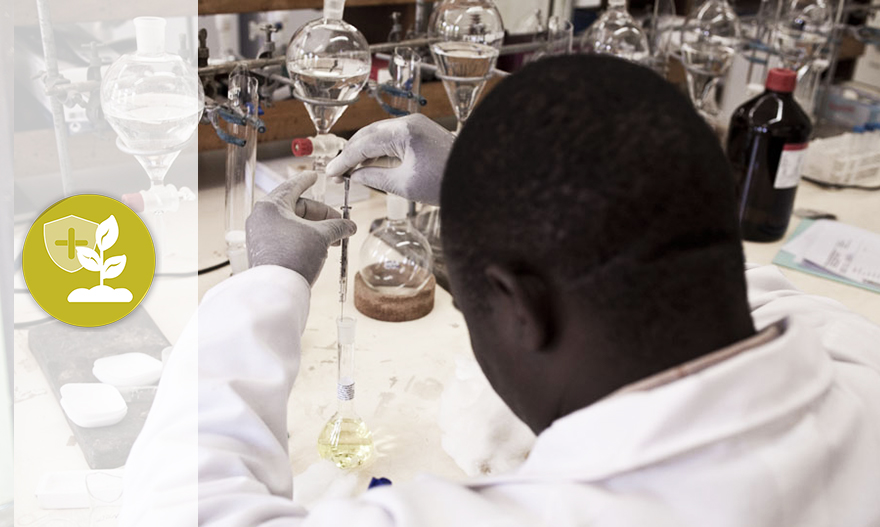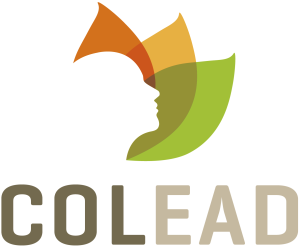
Organisation and management of a laboratory (Intermediate level)
Estimated duration : 15h30
The intermediate level Organisation and management of a laboratory consists of seven activities. Each activity includes a text to read, followed by a test comprising a few simple questions to measure your mastery of the subject. At the end of the intermediate level, a summary test will be offered to you. Its results will determine your access to the advanced level.

Organisation and management of a laboratory (Advanced level)
Estimated duration : 13h30
The advanced level of Route 5 (Organisation and management of a laboratory) consists of six activities. Each activity includes a text to read, followed by a test comprising a few simple questions to measure your mastery of the subject. At the end of Route 5, a summary test will be offered to you. Its results will determine your access to the certification test.

